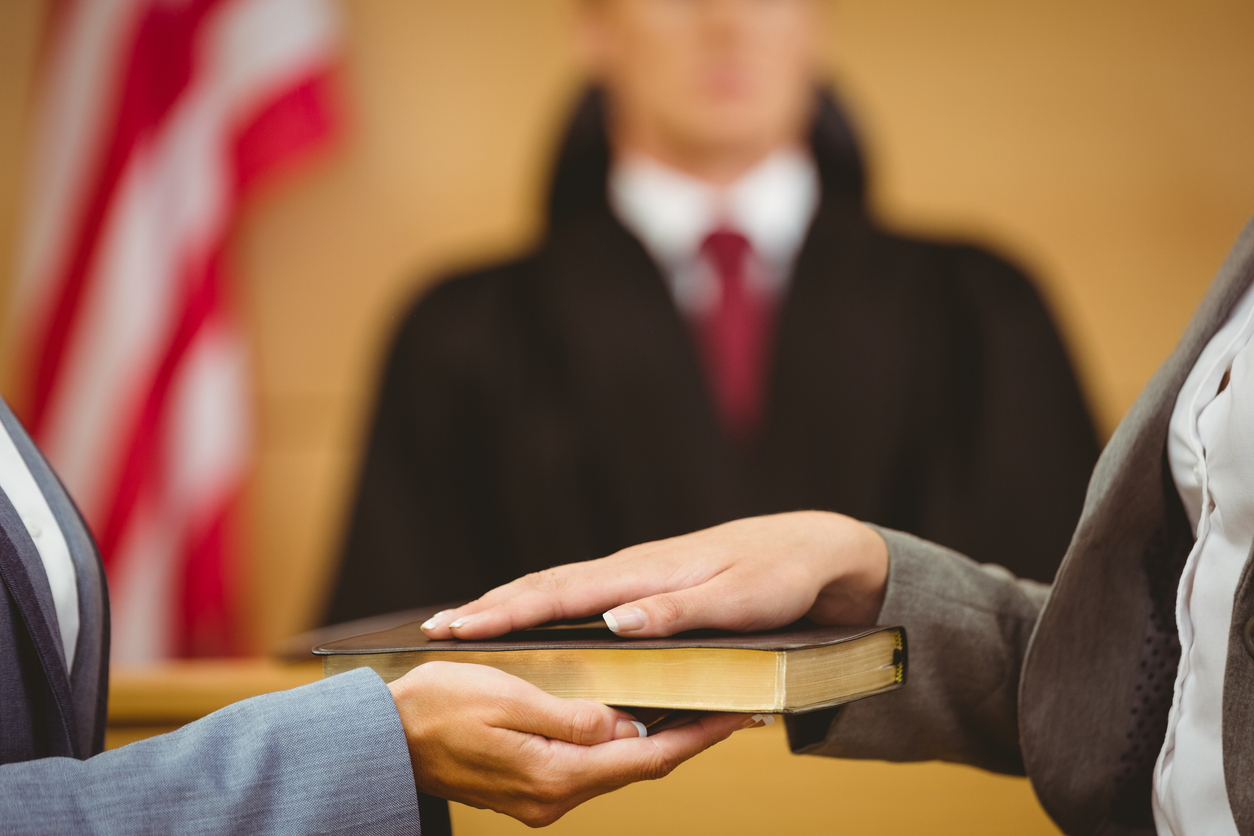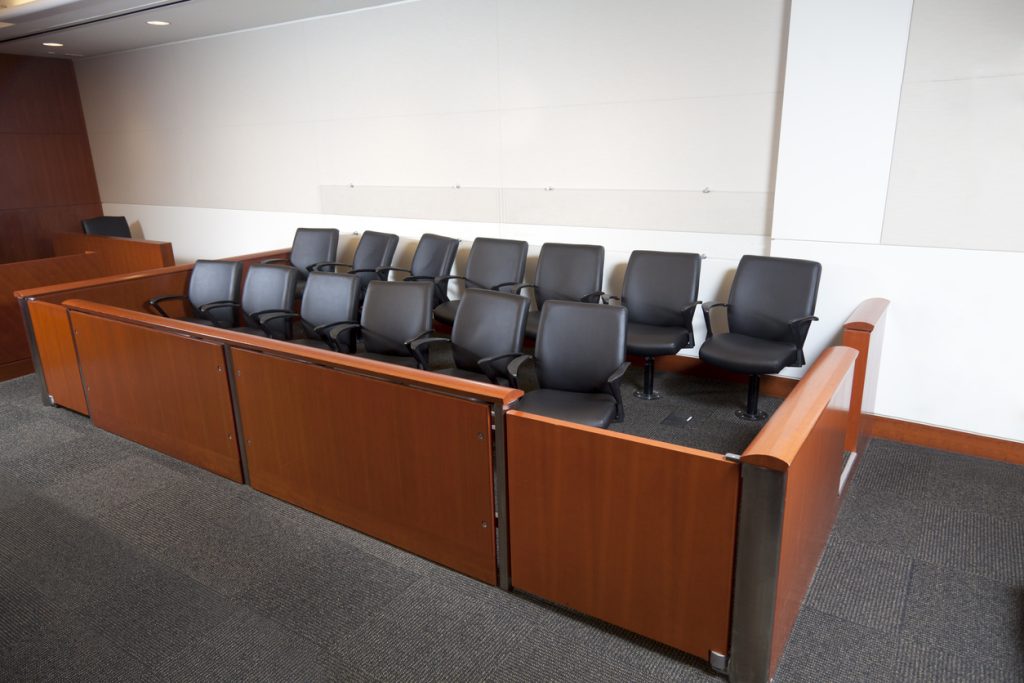
30 Oct Innovations from a Pandemic: Future of Jury Trials after COVID-19
There is no question that COVID-19 has wreaked havoc on the court system in the United States. In a lot of ways, this havoc has caused delays and backlogs in every court. It may be tempting to only see the negative effects of the pandemic on the court system. But there have been some crucial innovations in our court system as a result of the COVID-19 pandemic, especially when it comes to jury trials.
Some courts started using online questionnaires for voir dire in jury trials during the COVID-19 pandemic.
In Arizona, courts implemented an online screening tool for voir dire, the selection of juries. The jurors in Arizona received a link with their summonses. The link led them to an online questionnaire where they could fill out basic personal information and answer pertinent screening questions to determine their ability to serve. These questionnaires served the important purpose of allowing the courts in Arizona to rule out potential jurors before they show up to the in-person voir dire.
After the COVID-19 pandemic is complete, these online questionnaires serve two distinct purposes. First, they can still allow attorneys to strike jurors for cause or due to a hardship. This can all happen without the jurors having to show up to court and waste a whole day. This can alleviate the burden on courts by ensuring they won’t call ineligible jurors. And it can alleviate the burden on prospective jurors who are from a lower socioeconomic status.

These online questionnaires benefit courts, protective jurors and even the lawyers working on the case.
For prospective jurors, showing up to court for jury duty requires that the prospective jurors take a day off of work, expend gas, and likely pay for parking. All of these costs add up to an insurmountable cost. That cost, in turn, can result in lower socioeconomic prospective jurors not even wanting to show up to court because of the likelihood that they will be struck for cause or hardship. With this online questionnaire, however, it gives prospective jurors confidence that if they are asked to show up to court there is a decent likelihood that they will actually be selected for jury duty, making those costs worthwhile.
The other purpose the online questionnaires serve is to provide more information to the attorneys going into voir dire. Voir dire is a crucial process that ensures impartiality on the jury. The provision of more information to the attorneys allows them to know what avenues to question in the panel to assess what jurors will be a good fit for the panel. This would allow more comprehensive questioning because the attorneys have a starting point with each juror. Further, it saves time because attorneys need not ask the questions covered in the questionnaire. The use of an extensive online questionnaire is an innovation that should continue long after the pandemic is over.
Other courts have decided to allow attorneys to conduct their voir dire remotely instead of in the courtroom.
Another innovation was the allowance for remote voir dire. Many states didn’t follow this change, even during the peak of the COVID-19 pandemic. But both sides could consent to a remote voir dire process. Remote voir dire closes the gap between socioeconomic classes. This is because it does not demand that prospective jurors waste transportation money or parking money.
Remote voir dire may create some difficulties for older prospective jurors or for prospective jurors who cannot afford private internet access. If courts do decide to continue permitting remote voir dire, then they should provide in court stations for the remote voir dire or give suggestions of places that people without technological can go for the proceeding. Remote voir dire does solve some problems but creates others. As a result, courts may want to limit its use but still give it as an option.
The final two innovations focus on the process once the jury trial has begun. The Federal Courts encouraged and implemented the use of technology to share evidence. This innovation required that courtrooms update their technology to include monitors for the jury box, the parties, and the judge. However, it also saves the cost of printing exhibits and provides easy access to the exhibits during deliberations without worry of damage or bad copies. Courts should continue to shift toward presenting evidence through technology.

Finally, some courts are now allowing witnesses to testify remotely during trial as well.
The final innovation is the most controversial. But it is also important. And it should be considered by courts across the country: having witnesses testify remotely. During the COVID-19 pandemic, this has an obvious utility for jury trials. The utility after the pandemic is that it allows indigent clients or less-wealthy clients greater access to expert witnesses.
Most experts have to travel to testify, which can be a large expense to either a less-wealthy client themselves or to the government for indigent clients. For indigent clients to get experts, their appointed counsel has to petition the government for funds. Remote testimony lowers the cost of an expert and increases the likelihood that courts will approve the request.
The benefits of remote testimony are numerous, but there is a complication when it comes to the Sixth Amendment’s confrontation clause. Courts have not specifically resolved the confrontation clause applies to live video testimony. But it could cause some confrontation concerns. As the world and technology evolves, courts should be willing to embrace live video testimony as the defendant still has the ability to confront the witness. Little is lost through remote testimony, and so much is gained.

